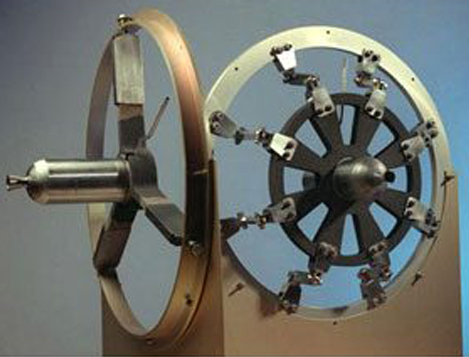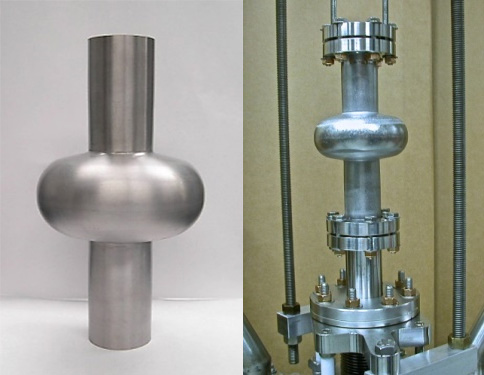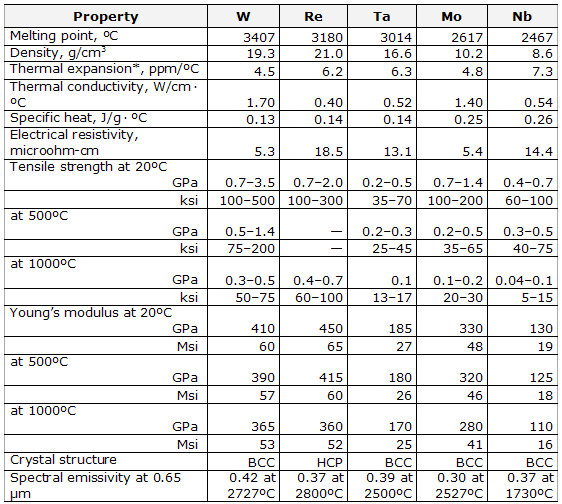Refractory Metal Coatings & Freestanding Structures
Through chemical vapor deposition, Ultramet fabricates refractory metal coatings and freestanding structures of tungsten, rhenium, tantalum, molybdenum, and niobium. Complex geometries are produced on removable mandrels, and the rapid deposition rate allows manufacture of components up to 0.25″ thick. Refractory metal structures are also available in the form of highly porous, high specific stiffness open-cell foams.
Applications
- Structures used at high temperatures that exceed the capability of conventional steels and superalloys and that require greater toughness and ductility than ceramics
- Combustion chambers and hot-gas-path components (e.g. valves and tubing)
- Textured high emittance coatings for significantly increased heat transfer away from or to the coated component, as needed
- High reflectivity coatings
- Thermocouple sheaths with a platinum-group surface coating for high corrosion resistance
- Crucibles for crystal growing
- Radiology identification components for human implant devices (e.g. catheter bands and pacemaker tags)
- Bonding dissimilar metals or ceramics to metals in which welding or brazing is not possible

Thin- and thick-wall (<0.01–0.125″) crucibles fabricated at Ultramet by chemical vapor deposition

Solid rhenium solar thermal engines fabricated by Ultramet for NASA Marshall under the Shooting Star program. Engines are supported by 80% porous rhenium structural foam

Seamless CVD niobium 3-GHz SRF cavity (left) and prior to performance testing at Cornell (right)
Properties of Selected Refractory Metals

All properties are approximate and are for polycrystalline, annealed material at 20ºC unless otherwise indicated.
*Room temperature to 1000ºC.
